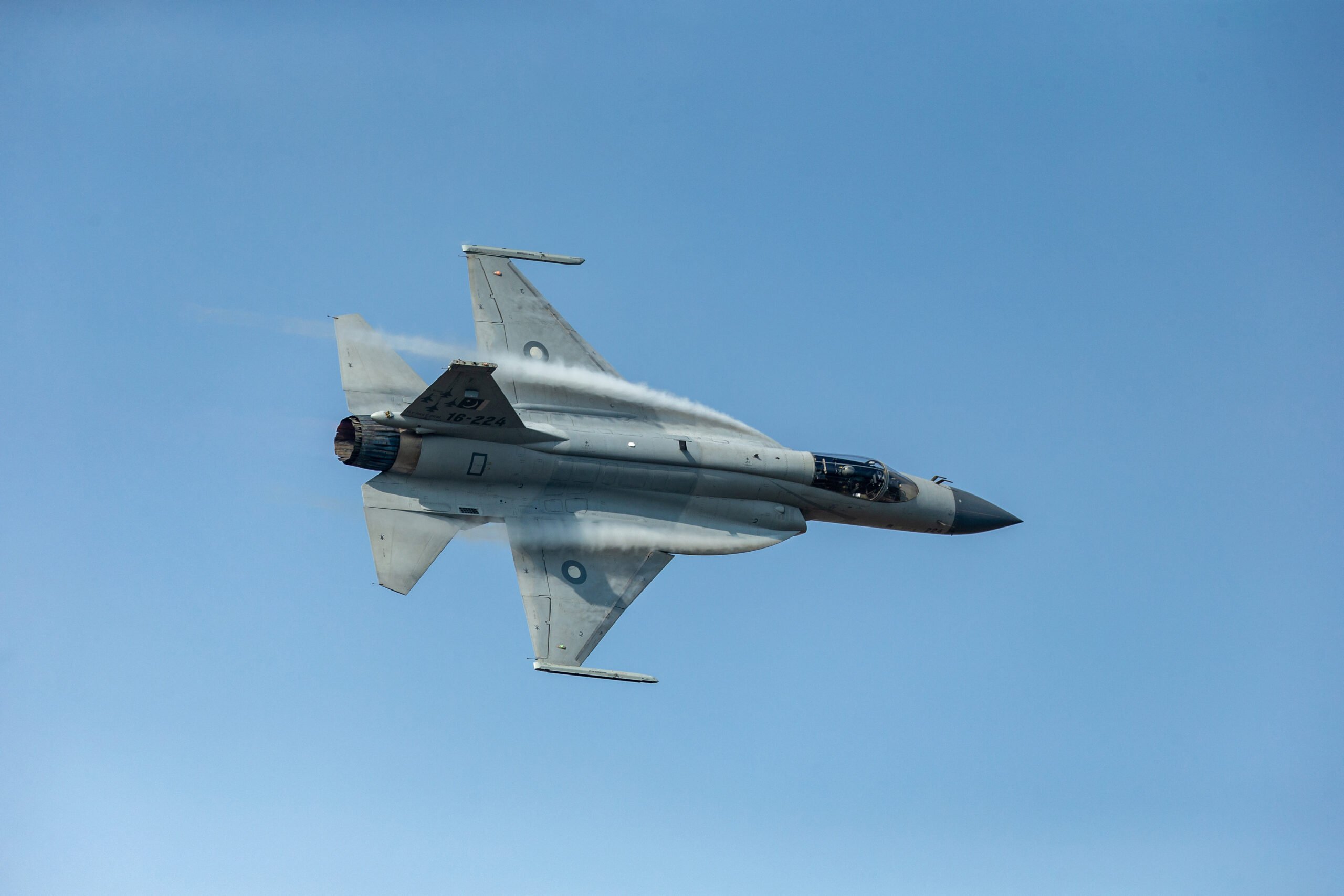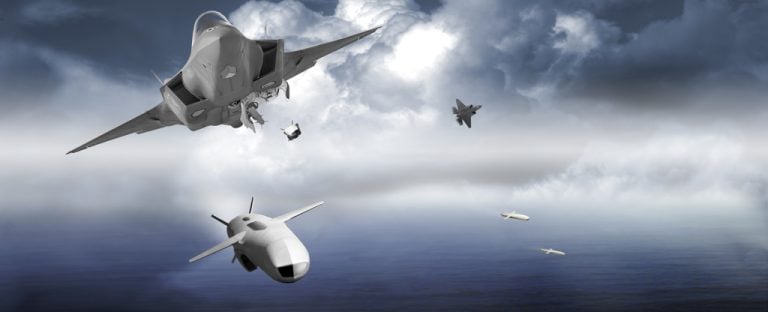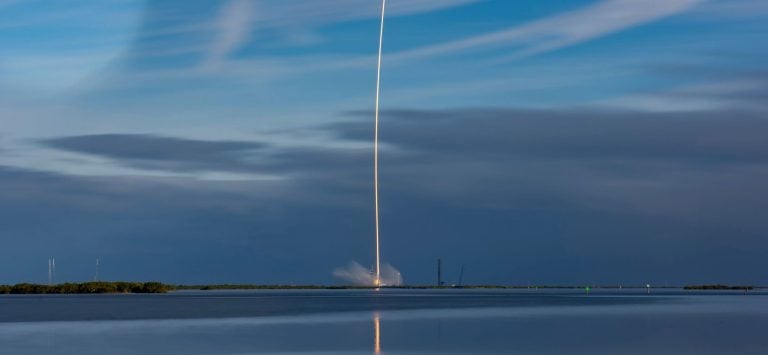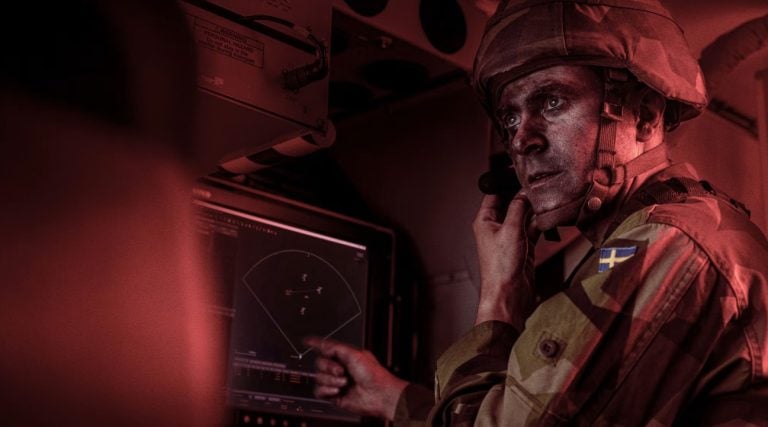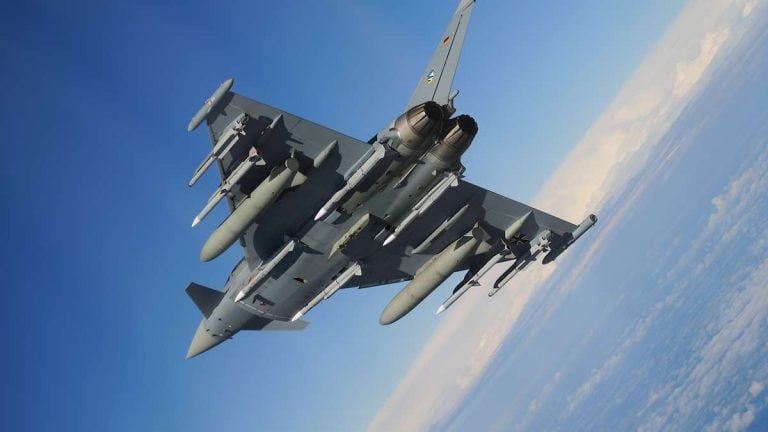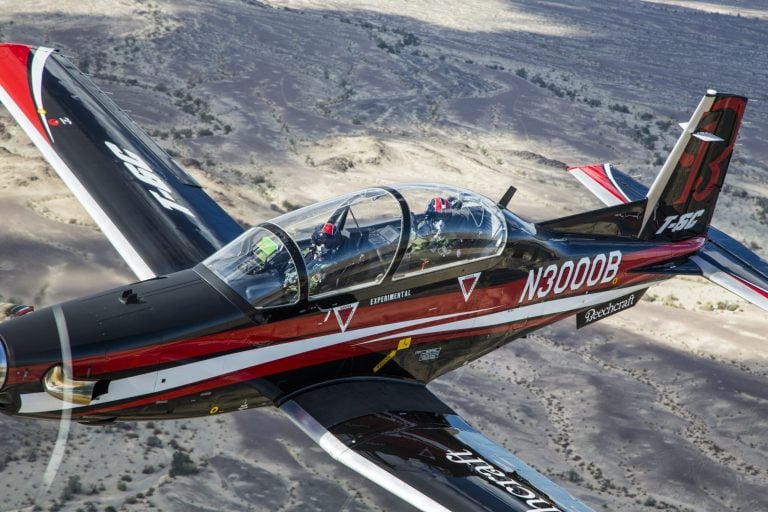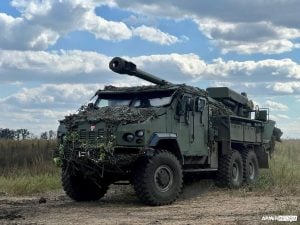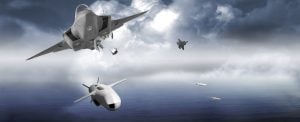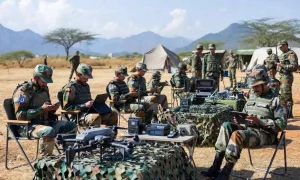Azerbaijan has officially joined the ranks of countries operating the JF-17 Thunder fighter jet, showcasing five newly acquired aircraft during its Victory Day parade. This event has solidified Azerbaijan’s status as the fourth operator of the China-Pakistan co-developed fighter, reflecting the nation’s ongoing efforts to modernize its air force capabilities.
The parade featured a formation of four single-seat JF-17s and a twin-seat variant, which flew over the capital city in a display of national pride and military prowess. Col. Novruz Tahirov of the Azerbaijani Air Force piloted the lead twin-seat jet in a demonstration that highlights the rapid integration of these modern fighters into operational units.
Azerbaijan’s procurement of the JF-17 jets is part of a significant $4.6 billion contract for a total of 40 aircraft, which was first unveiled by President Ilham Aliyev in September 2024. Deliveries for the initial batch commenced in October 2025. This first group of JF-17s made their way to Nasosnaya Air Base in Sumqayit after participating in a bilateral exercise with the Pakistan Air Force, further reinforcing military collaboration between the two nations.
The introduction of the JF-17s into the Azerbaijani Air Force marks a pivotal upgrade in the country’s aerial combat capabilities. It signals a strategic shift away from reliance on older Western and Russian platforms, allowing greater emphasis on precision operations and networked missions. The new jets are anticipated to be cost-effective assets that will enhance coordination with Turkey, Azerbaijan’s close ally, while simultaneously strengthening defense ties with Pakistan.
The Victory Day parade illustrated Azerbaijan’s commitment to modernizing its military, as the event featured not only the JF-17s but also included displays of Turkish F-16s and Azerbaijani Su-25s. This multifaceted representation underscores an increased focus on joint operations and multi-platform integration within the military framework.
The JF-17 Thunder fighter was originally conceptualized in the late 1990s through a collaborative effort between Pakistan and China, aimed at producing an affordable fourth-generation fighter aircraft for the Pakistani Air Force. The aircraft boasts a length of 14 meters (46 feet), a wingspan of 9 meters (30 feet), and an empty weight of 7,900 kilograms (17,417 pounds).
Equipped with a Klimov RD-93 engine, the JF-17 has a robust operational range of 1,880 nautical miles (3,482 kilometers) and can reach an operational altitude of 16,900 meters (55,446 feet), with speeds that can climb to Mach 1.6 (1,976 kilometers per hour). For combat capabilities, the aircraft is armed with a 23-millimeter cannon and can deploy various multi-domain missiles, guided and unguided bombs, along with advanced electronic countermeasures.
Designed and constructed by Pakistan’s Aeronautical Complex and China’s Chengdu Aircraft Corporation, the JF-17 has undergone several upgrades since its introduction, making it a formidable addition to Azerbaijan’s military arsenal. As the country moves forward with its modernization efforts, the integration of the JF-17 fighter jets is expected to play a crucial role in enhancing its defense capabilities.
